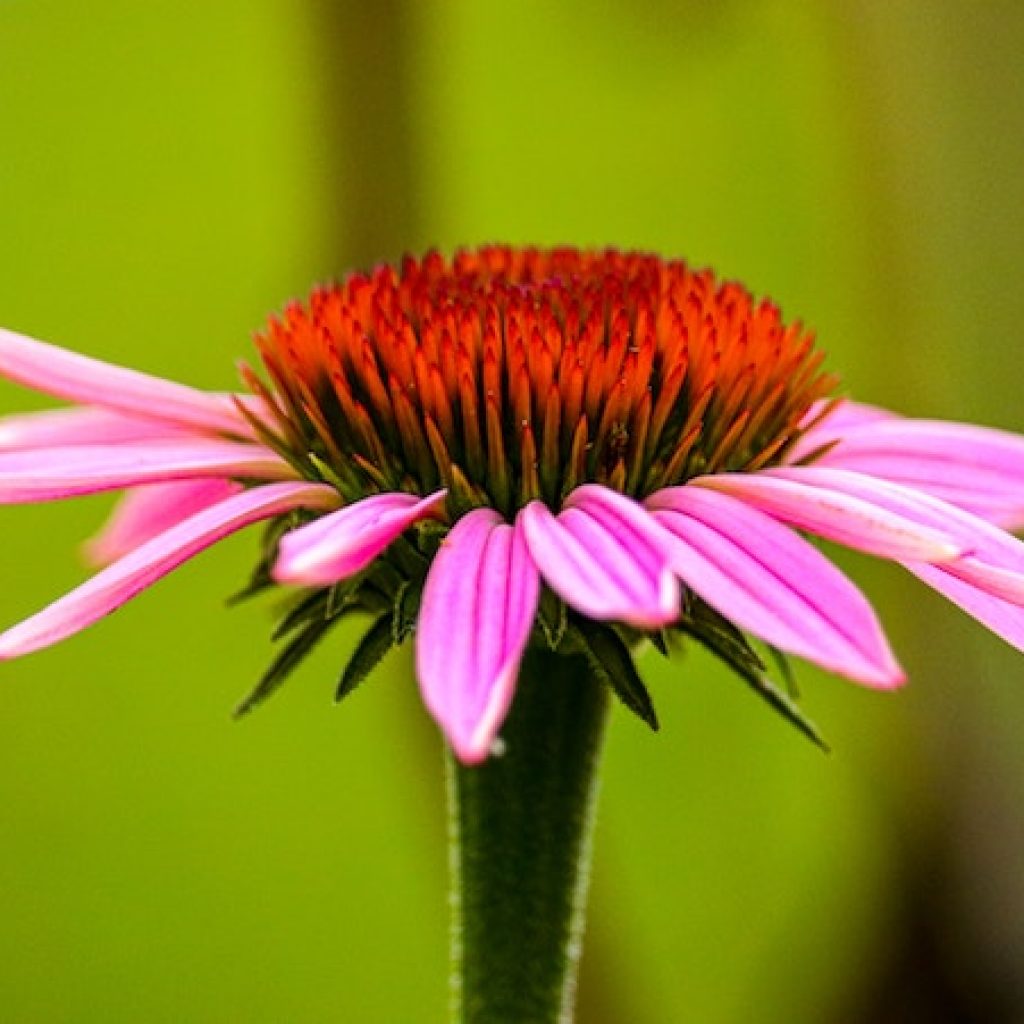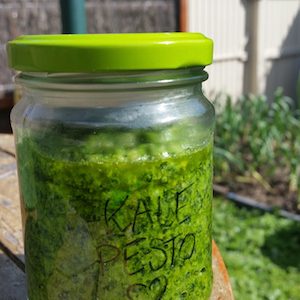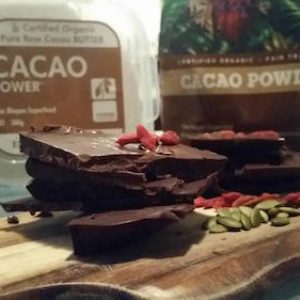
The immune system has the very important job of monitoring and defending the body from invading opportunistic microorganisms including bacteria, viruses and parasites and so keeping it in balance is of importance all year round.
The cells of the immune system can be found in almost all areas of the body including the skin, digestive tract, respiratory system, spleen, lymphatic system and bone marrow.
The immune system generally does an exceptional job of warding off invaders and keeping the body healthy, however sometimes problems can arise with the defence system and disease can take hold.
When infection occurs, the immune system follows a number of steps called an immune response whereby specialised cells are sent to seek out the invader, create a memory of this invader and then process it until it is no longer a threat.
When building up a strong immune system or treating the early stages of infection which is referred to as the acute phase, there are a number of fantastic herbs you can use, each with their own unique characteristics.
Choosing the perfect herbs can be a little confusing so here are some common herbs that you can find at your local health food store in a number of forms including herbal teas, capsules and tablets or in a liquid extract. We are here to help you navigate the vast array of therapeutic herbs available to treat your specific needs.
Andrographis with its immune enhancing and anti-inflammatory effects, is perfect for stimulating the immune system. It is beneficial in the treatment of bacterial and viral respiratory infections, reducing the severity of the common cold and its associated symptoms including sore throat and fever. Traditionally Andrographis has been used in the treatment of influenza with a fever. Studies have shown a reduction in body temperature during the common cold. Avoid during pregnancy.
Echinacea has immune modulating, immune enhancing, anti-inflammatory and lymphatic actions which have been found to be of benefit in treating upper respiratory infections, upper respiratory catarrh and chronic bronchitis. Studies have found that Echinacea may benefit the treatment of upper respiratory tract infections (URT) at its early acute stages, with Echinacea purpurea root recommended as a prophylactic to recurrent URT infections. Avoid when taking immunosuppressive medications.
Elder Flower is a wonderful herb when it comes to treatment of the common cold and influenza. Traditionally Elder Flower has been used as a diaphoretic in the management of fever. Pharmacological research has seen that this plant can increase sweat gland response to a heat stimuli. As an anticatarrhal it is perfect for helping treat acute and chronic sinusitis and bronchitis, aiding the removal of nasal catarrh.
Olive leaf traditionally has been used in western herbal medicine for mild respiratory conditions such as cough and sore throat. Research has shown that hydroxytyrosol and oleuropein, both active compounds found in Olive Leaf, displayed antimicrobial behaviour on bacteria that are known to cause upper respiratory infections in vitro.
Astragalus demonstrates immune enhancing, adaptogenic and tonic actions making it the perfect herb for those who are displaying excessive sweating, chronic viral infections, impaired immune function and general debility. This is the herb you use in the chronic phase of illness. As an adaptogenic, this herb can enhance ones tolerance to stress, along with improving energy and endurance. Pharmacological research has shown that Astragalus can stimulate natural killer cell activity along with antiviral activity in vitro.
References:
1. Braun L, Cohen M. Herbs and natural supplements: an evidence-based guide, 3rd ed., 2010.
2. Bone K. A clinical guide to blending liquid herbs: herbal formulations for the individual patient, 2003, Churchill Livingstone.
3. Felter HW, Lloyd JU: King’s American Dispensatory, ed 18, rev 3, Portland, 1905, reprinted 1983, Eclectic Medical Publications.
4. British Herbal Medicines Association’s Scientific Committee: British herbal pharmacopoeia, Bournemouth, 1983 BHMA.
5. Bisignano G et al: J Pharm Pharmacol 51(8):971-974, 1999.
[print-me target=”div#id_of_element_to_print” title=”Print Form”]


